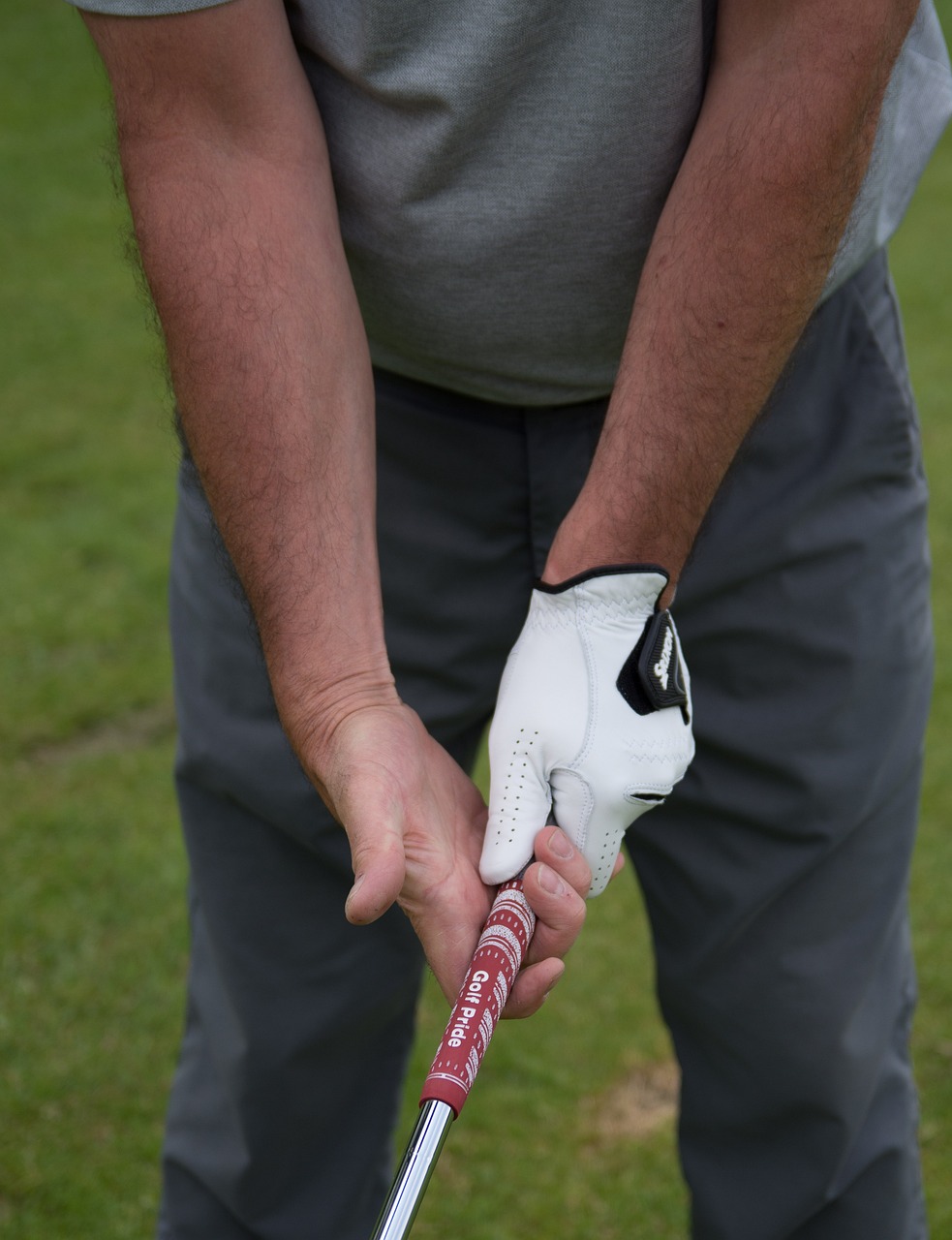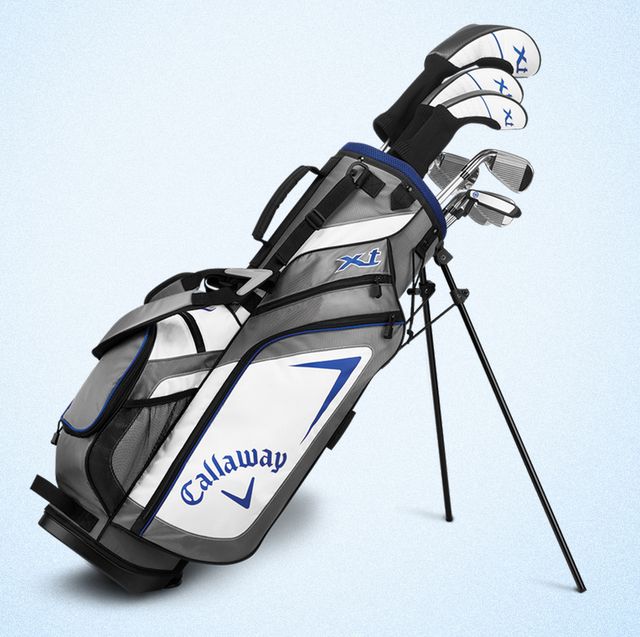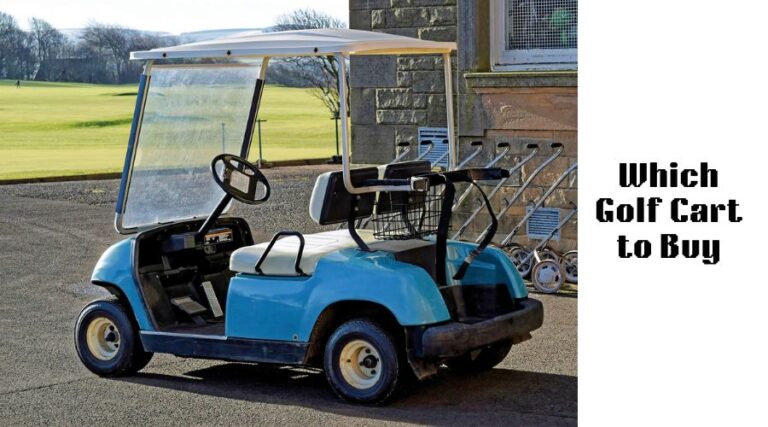To grip a golf club properly, place your dominant hand lower on the club with your non-dominant hand on the opposite side. You can interlock your fingers or tuck your hands against one another for comfort.
The heel pad should be on top of the club, while the forefinger of your lead hand points to the trail shoulder. The snuff box should also be on top of the club. Correct grip pressure should be solid but relaxed, and avoid gripping the club too hard or too lightly.
Learning the proper grip technique is crucial for better control and accuracy in your golf swing. There are various methods and drills available to help you improve your grip, which can ultimately impact your overall game.
Contents
Introduction To Golf Gripping
Golf gripping is a fundamental aspect of the game that significantly impacts the player’s performance. Proper grip on the golf club is essential for control, accuracy, and power in every swing.
Importance Of A Proper Grip
A proper grip on the golf club is crucial for achieving consistency in your shots. It ensures that the clubface is square at impact, leading to straighter and more precise shots.
Basic Concepts
- Hand Position: The positioning of your hands on the club grip determines your control over the club during the swing.
- Grip Pressure: Maintaining the right amount of pressure in your grip is essential for a fluid and natural swing.
- Types of Grips: Golfers can choose from various grip styles such as overlap, interlock, or baseball grip, depending on their comfort and preference.
- Thumb Position: The placement of your thumbs on the grip plays a key role in hand coordination and club control.
Types Of Golf Grips
Golf grips are an essential aspect of a player’s game, directly impacting their swing, control, and overall performance on the course. There are several types of golf grips that golfers can choose from, each offering unique advantages and suiting different playing styles. Understanding the various types of golf grips can help golfers find the most suitable grip for their game.
Interlocking Grip
The interlocking grip involves intertwining the index finger of the lead hand with the little finger of the trailing hand. This grip is favored by players with smaller hands or those seeking additional control and power.
Overlapping Grip
Also known as the Vardon grip, the overlapping grip involves placing the little finger of the trailing hand between the index and middle fingers of the lead hand. This grip promotes a natural wrist hinge and is popular among players with larger hands or those focusing on feel and touch.
Baseball Grip
The baseball grip, as the name suggests, is akin to gripping a baseball bat. Both hands are placed side by side on the handle without interlocking or overlapping fingers. This grip provides simplicity and can be beneficial for beginners or individuals with hand or finger issues.
Setting Up Your Grip
Setting up your grip is crucial in golf as it directly impacts your swing and the control you have over the club. Proper hand placement, grip pressure, and adjustments for hand size are key factors to consider when setting up your grip.
Hand Placement
When it comes to hand placement, it’s essential to ensure that your hands are positioned correctly on the golf club. The lead hand should be placed on the grip with the thumb running straight down the shaft. The trail hand should then be placed on the club, with the lifeline of the trail hand covering the thumb of the lead hand.
Grip Pressure
Grip pressure plays a significant role in the golf swing. It’s important to maintain a consistent grip pressure throughout the swing. A good rule of thumb is to apply even pressure with both hands, avoiding excessive tension which can lead to a loss of feel and control.
Adjusting For Hand Size
Hand size varies from person to person, and it’s essential to adjust your grip according to your hand size. Golfers with larger hands might find it comfortable to use an oversized grip, while those with smaller hands may prefer a standard or undersized grip. It’s crucial to experiment with different grip sizes to find the most comfortable and effective option for your game.
Common Grip Mistakes
When it comes to golf, the grip is one of the most fundamental aspects of the game. A proper grip can significantly impact the accuracy and consistency of your shots. However, many golfers make common grip mistakes that can hinder their performance on the course. Understanding these mistakes and knowing how to correct them can make a substantial difference in your game.
Overly Tight Grip
One of the most common grip mistakes in golf is gripping the club too tightly. An overly tight grip can lead to tension in the hands, arms, and shoulders, which can negatively impact your swing. It may also restrict proper wrist action, resulting in a loss of power and control. Golfers should strive for a firm but relaxed grip on the club, allowing for a more fluid and natural swing.
Incorrect Finger Placement
Incorrect finger placement is another prevalent grip mistake that golfers make. Placing the fingers in the wrong positions on the club can affect the clubface’s alignment and lead to inconsistent ball striking. Whether it’s an improper positioning of the index finger or an incorrect interlocking grip, the fingers play a crucial role in the overall grip. Ensuring the correct placement of the fingers can greatly improve control and precision in every shot.
Lack Of Consistency
Lack of consistency in the grip can also be a detrimental mistake. Many golfers fail to maintain a consistent grip throughout their swing, leading to varying shot results. Changes in grip pressure or hand positioning during the swing can result in erratic ball flights and mishits. Developing a consistent grip and consciously maintaining it throughout the swing is essential for achieving more predictable and reliable outcomes.
Grip Techniques From The Pros
When it comes to mastering the art of golf, one of the fundamental skills that every player must perfect is the grip. The way you hold the golf club can significantly impact your swing, control, and overall performance on the course. Learning grip techniques from the pros can provide valuable insights into achieving a more effective and consistent grip, ultimately enhancing your game.
Tiger Woods’ Grip Style
Tiger Woods is renowned for his exceptional golfing prowess, and his grip style has been a subject of fascination for many aspiring golfers. Woods employs a strong grip, where both hands are turned slightly to the right on the club. This technique allows for increased control and power, enabling him to execute remarkable shots with precision.
Techniques From Top Golf Instructors
Top golf instructors emphasize the significance of a proper grip in ensuring a solid foundation for a successful swing. They often advocate for a neutral grip, where the hands are positioned on the club without excessive rotation in either direction. This balanced grip facilitates a more natural and fluid swing, enabling golfers to achieve optimal clubface alignment and consistency in their shots.
Drills To Improve Your Grip
Improving your golf grip is crucial for better control and consistency in your game. Here are some effective drills to help you enhance your grip on the golf club:
Tee Peg Drill
This drill involves inserting a tee peg into the end of the grip. By holding the club with the peg pointing up, you can ensure a proper grip pressure and hand position. This drill helps in maintaining a consistent grip and developing a natural feel for the club.
The Coin Drill
Place a coin (e.g., a quarter) on the back of your lead hand (left hand for right-handed golfers) between the thumb and index finger. The goal is to keep the coin secure throughout the swing. This drill improves hand position, grip pressure, and overall control of the club.
Grip Adjustment Practice
For this drill, start with your regular grip and then deliberately make small adjustments. Experiment with different grip pressures, hand positions, and finger placements. This practice helps in finding the most comfortable and effective grip for your swing.
Evaluating Your Grip
One of the most crucial elements in golf is the grip. It directly impacts the control and accuracy of your shots. Evaluating your grip regularly is essential for maintaining a consistent and effective swing. Here’s how to assess and make adjustments to your grip for better performance on the course.
Signs Of An Effective Grip
An effective grip ensures the club is held securely but not too tightly. The “V” formed by the thumb and forefinger of each hand should point towards your trailing shoulder. The grip pressure should be even between both hands, allowing for a fluid and controlled swing. Additionally, the grip should promote a square clubface at impact, minimizing the likelihood of slicing or hooking the ball.
When To Modify Your Grip
Modifying your grip is necessary when experiencing inconsistency in ball flight, struggling to maintain control during the swing, or when the clubface is not aligning properly at impact. Changes to the grip may also be warranted when switching clubs or when the weather conditions affect your hold on the club.
Advanced Gripping For Experienced Players
Enhance your golf game with advanced gripping techniques tailored for experienced players. Perfect your grip by positioning your hands correctly on the club, optimizing grip pressure for improved control and power on every swing. Unlock your full potential on the course with a solid yet relaxed grip.
Adjusting Grip For Shot Type
For experienced players, adjusting grip for different shot types is crucial. Varying grip pressure can affect shot trajectory and distance.
Weather Considerations
In adverse weather conditions, grip adjustments are essential. Moisture or heat can impact grip stability and control.
Frequently Asked Questions
What Is The Correct Way To Grip A Golf Club?
The correct way to grip a golf club is to place your dominant hand lower, with the nondominant hand opposite. You can interlock fingers or keep hands together. For a simple grip, hold the club like a baseball bat or follow a comfortable position.
How Does Tiger Woods Grip The Club?
Tiger Woods uses a strong grip, with his left hand turned more to the right and his right hand underneath the club. He also interlocks his fingers for added stability. This grip gives him more control and power in his swing.
How Do You Hold A Golf Club For Dummies?
To hold a golf club, place your dominant hand lower on the club with your non-dominant hand on the opposite side. You can tuck your hands against one another or interlock your fingers depending on what’s comfortable for you. For a simpler grip, hold the club straight up in the air and grip it like a baseball bat.
Remember to keep a solid but relaxed grip pressure.
How To Put Grips On A Golf Club?
To put grips on a golf club, start by removing the old grip, applying grip tape and solvent, then sliding on the new grip firmly.
Conclusion
Mastering the proper grip is essential for a successful golf game. Understanding the nuances of how you hold the club can greatly impact your performance on the course. By implementing the techniques discussed in this post, you can elevate your game and achieve better results in your golfing endeavors.






